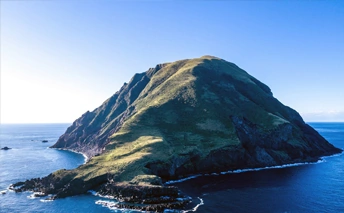In order to realize "Advanced Air Mobility", we must first establish systems and standards. The Future of Dreams, the Challenge of Realizing the Next Generation of Air Mobility
Release:
Update:
NEW
INTRODUCTION
The realization of " Advanced Air Mobility(AAM)", which was once thought to be a distant future event, is coming soon. Active demonstration experiments are being conducted overseas, initiatives by both the public and private sectors are progressing in Japan. Nippon Koei has also been making proposals and recommendations based on its own knowledge, including the “Public-Private Committee for Advanced Air Mobility” led by the Ministry of Economy, Trade, and Industry, the "Osaka Round Table for the Implementation of a Revolution in Air Mobility Society" led by Osaka Prefecture, the Aviation Innovation Development Association (AIDA), and Doctor Helicopter. With the lifting of the ban on automated drone navigation and the Osaka Expo 2025 as a milestone, the beginning of air mobile navigation is just around the corner.
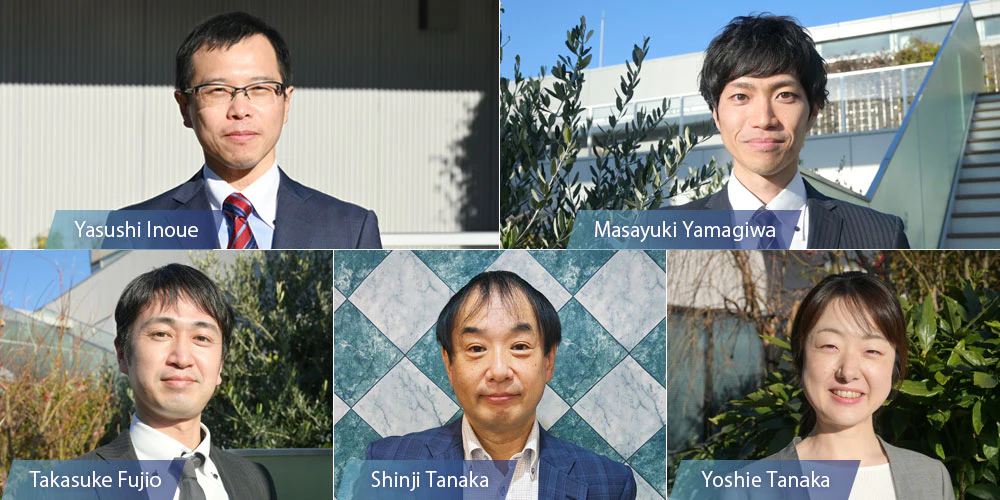
PROFILE
-
Senior Manager,
Global Aviation Dept., Port and Airport Division, Consulting Operations Headquarters, Nippon Koei Co., Ltd.Yasushi Inoue
He has been engaged in the planning and design of the next generation air traffic management system for a major telecommunications company for about 12 years. He supported the development of the International Civil Aviation Organization (ICAO) concepts and international standards. He also led market research and strategic planning for new products, services, and businesses. In his current position, he has about eight years of experience and skills in the investigation and design of airports, airspace, aviation security, and control systems; he has experience in management and supervision of domestic and international government and private projects. He nurtures a wide network and good cooperative relationships in the industry, academia, and government, and leads the creation of new drone and air mobility businesses for the next generation. He is a member of the Public-Private Committee for Advanced Air Mobility and a member of the Osaka Round Table.
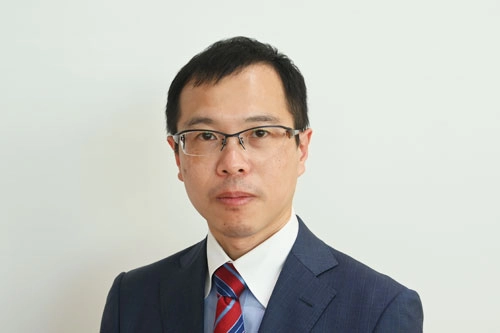
-
Airport Dept., Port and Airport Division, Consulting Operations Headquarters, Nippon Koei Co., Ltd.
Masayuki Yamagiwa
He has been engaged in domestic airport design and survey work for about 11 years. He has experience in airport infrastructure projects such as maintenance planning, facility and expansion project implementation design, and survey work as the engineer in charge at regional airports including Tokyo International Airport, Fukuoka Airport, and Naha Airport. He is a member of the Public-Private Committee for Advanced Air Mobility and a member of the Osaka Round Table.
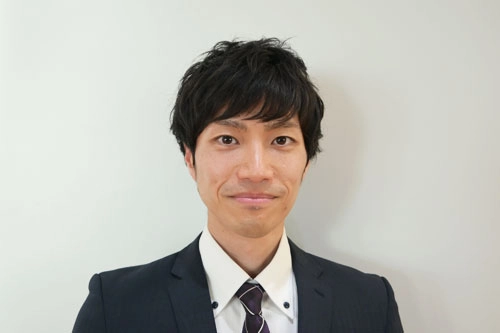
-
Manager
Airport Dept., Port and Airport Division, Consulting Operations Headquarters, Nippon Koei Co., Ltd.Takasuke Fujiu
He has been engaged in domestic airport design and survey work for about 13 years. In addition to survey and design work related to the development projects of the Tokyo International Airport and New Chitose Airport, he has a wide range of experience as a management engineer and engineer in charge of operations such as the revision of design methods and guidelines and operations related to the automation of vehicles in airport restricted areas.
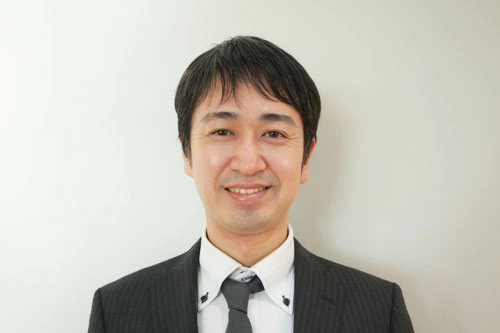
-
International Environment Dept., Global Environment Division, Infrastructure Engineering Operations, Consulting Operations Headquarters, Nippon Koei Co., Ltd. (Based in Nippon Koei Bangladesh)
Shinji Tanaka
He moved from the Domestic Bridge Design Department to the Domestic Environment Department and was engaged in environmental surveys and environmental impact assessments. In 2016, he was transferred to the Overseas Environmental Technology Department and was in charge of overseas operations. He is seconded to Nippon Koei Bangladesh from July 2022. He is a member of the Public-Private Committee for Advanced Air Mobility.
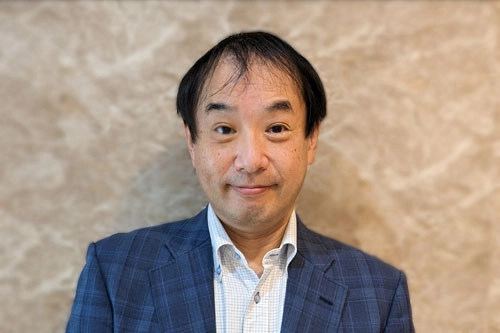
-
Environment Dept., Global Environment Division, Infrastructure Engineering Operations, Consulting Operations Headquarters, Nippon Koei Co., Ltd.
Yoshie Tanaka
She has been engaged in environmental impact assessment for about 13 years. In addition to dealing mainly with the assessment of the Tokyo Metropolitan Ordinance, she has a wide range of experience as an engineer in charge of investigation work related to the decontamination project associated with the Great East Japan Earthquake, the Tokyo 2020 Olympic and Paralympic Games assessment, and environmental monitoring investigation work relating to the Tokyo International Airport re-expansion project. She is a member of the Public-Private Committee for Advanced Air Mobility.
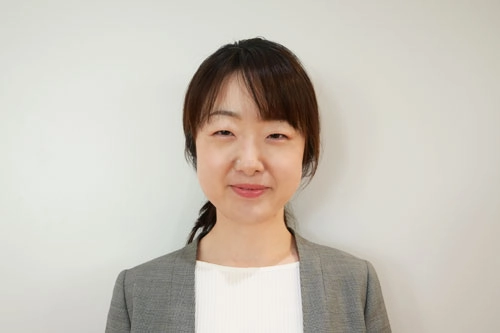
- *The department name, job title, and interview content were at the time of the interview.
STORY
We will work towards building an Advanced Air Mobility society by considering the needs of society as well as Nippon Koei's vision of the future.
−−−The completion of the aircraft does not mean that we will see a society where Advanced Air Mobility can operate. Countless technologies are required for the social implementation of drones and air mobility, such as airport civil engineering, control, systems, power, environment, traffic planning, and urban planning. Nippon Koei has been providing services related to the construction of social infrastructure for many years, not limited to airport engineering. We asked members of the Air Mobility Project, a public-private partnership working toward the realization of Advanced Air Mobility that will arrive in a few years, about the current progress.
In addition, we believe that DX and digital twin, which are handled by another department of our company, will be linked in the near future. The ability to conduct trial and error in a virtual space is a big change from previous development methods. The era of testing in a virtual space using a production environment and specifications from the beginning, rather than the conventional method of repeating small tests over and over to gather results, will surely arrive. If that happens, there is a high possibility that potentially the way of creating systems and standards will change, so we are working on the business of Advanced Air Mobility in order to be a pioneer.
Aiming to realize "Advanced Air Mobility " with the responsibility and joy of being involved in a business that humans will experience for the first time.
Image source:Ministry of Economy, Trade and Industry Website
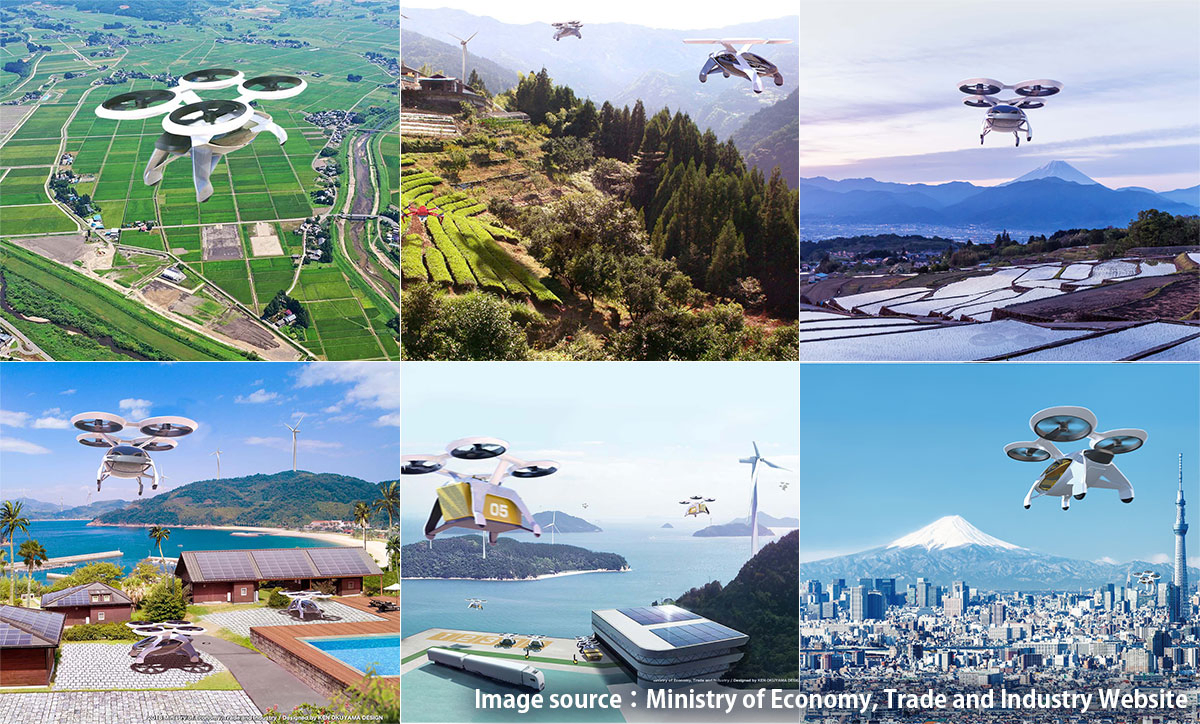
−−−Creation of systems and standards essential for the realization of Advanced Air Mobility. In addition to airport and heliport engineering, Nippon Koei has in-house experts with the knowledge necessary for the realization of Advanced Air Mobility, including airport civil engineering, control, systems, power, environment, traffic planning, and urban planning. We approached the "passion" and "reward" of each engineer, who is often asked to provide their perspective as a specialist engineer at meetings and other venues.
In addition, various organizations in Japan, from industry, government and academia, are now working together to realize Advanced Air Mobility, and I feel that everyone who participates is working with a strong feeling of "making it happen" rather than "can it be done". As a specialist in infrastructure development, Nippon Koei, which has a track record in the development of various types of infrastructure, has many opportunities to be consulted and relied on. As an engineer, I find it very rewarding to be relied on in this way.
In the discussion on Advanced Air Mobility, not only the civil engineering facility design of the take-off and landing site, but also various topics such as machinery, communications, transportation, electricity, operation, and management strategy will be discussed. Being in such a discussion is also an opportunity to learn things outside my own area of expertise, and I will continue to learn various knowledge and insights.
What is interesting at this stage is that we are exploring a lot of possibilities. I imagine the future in my head, mobilizing all my past experiences to see how to incorporate things that do not exist yet into the system. I am trying to put together as a puzzle to see if this will have an impact. It is a lot of fun to think about areas that no one knows about and to be able to make it happen.
Nippon Koei's mission is to approach "Urban development" from the perspective of linking it to Smart Cities and MaaS.Nippon Koei's mission is to approach "Urban development" from the perspective of linking it to Smart Cities and MaaS.
Image source:Ministry of Economy, Trade and Industry Website

−−−Advanced Air Mobility will be responsible for transportation and logistics in the future. It is true that technology and knowledge are essential, but we at Nippon Koei believe that we can get closer to the ideal state only if we have "connections with people" and "ideas". What will the future be like when the technology of our dreams is realized? What do the engineers think about the future and dreams that can be imagined from the realization of Advanced Air Mobility(AAM)?
I want it to be a vehicle that has an impact not only as a "vehicle that supports logistics and the flow of people" but also one that blends into the city's landscape and people's culture and tastes.
If my work can help create such a landscape and culture, I will work hard at my daily tasks with that in mind.
−−− What each department of Nippon Koei is working on as a whole is planning based on the assumption of "what kind of society will exist after the new technology is completed". At the foundation of humanity's dream of moving freely through the sky are cities where people live and take place the daily activities. With the universal theme of mankind aiming for a more comfortable life in mind, we are promoting projects that look ahead to a society where Advanced Air Mobility become a reality.
